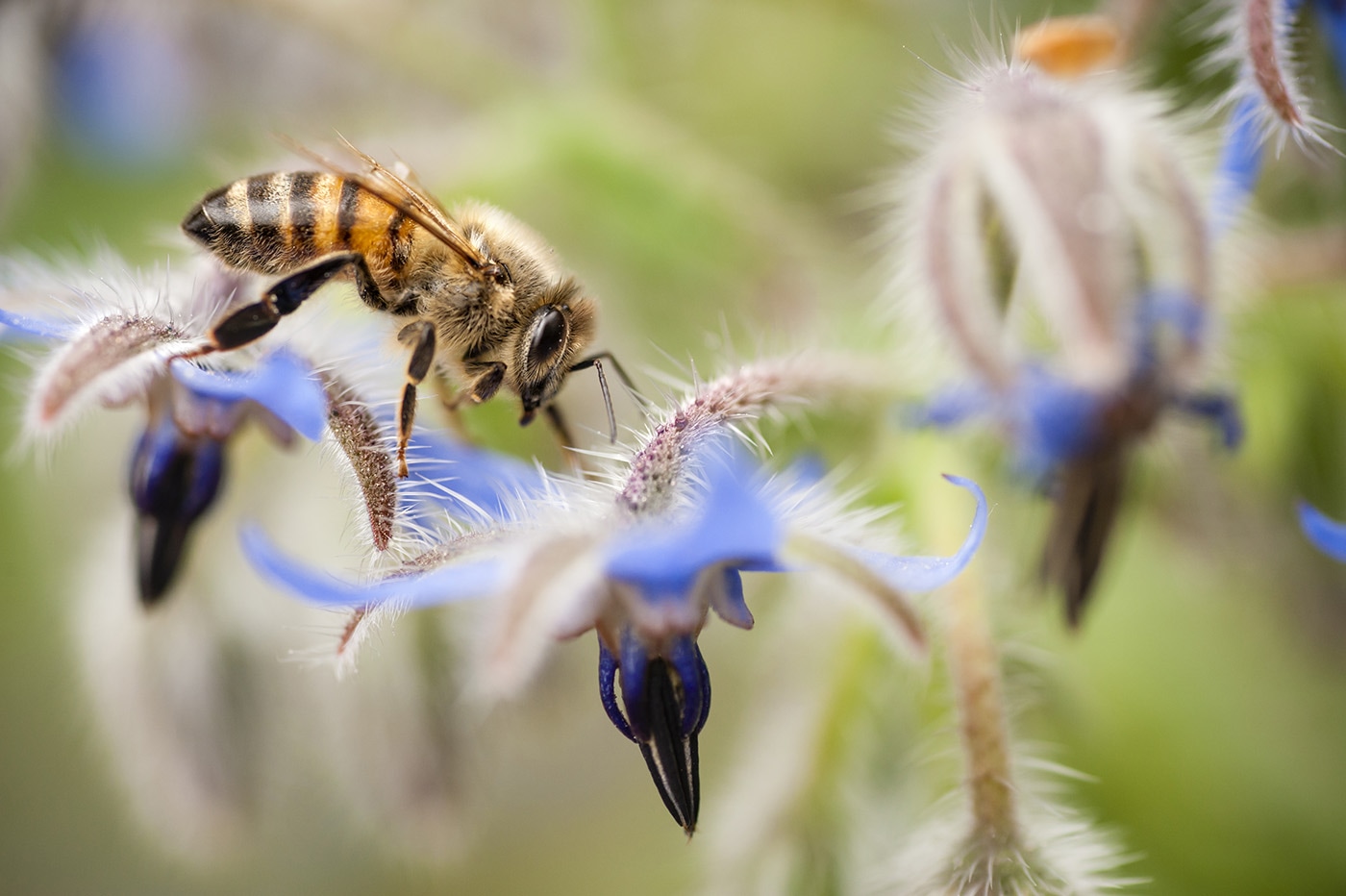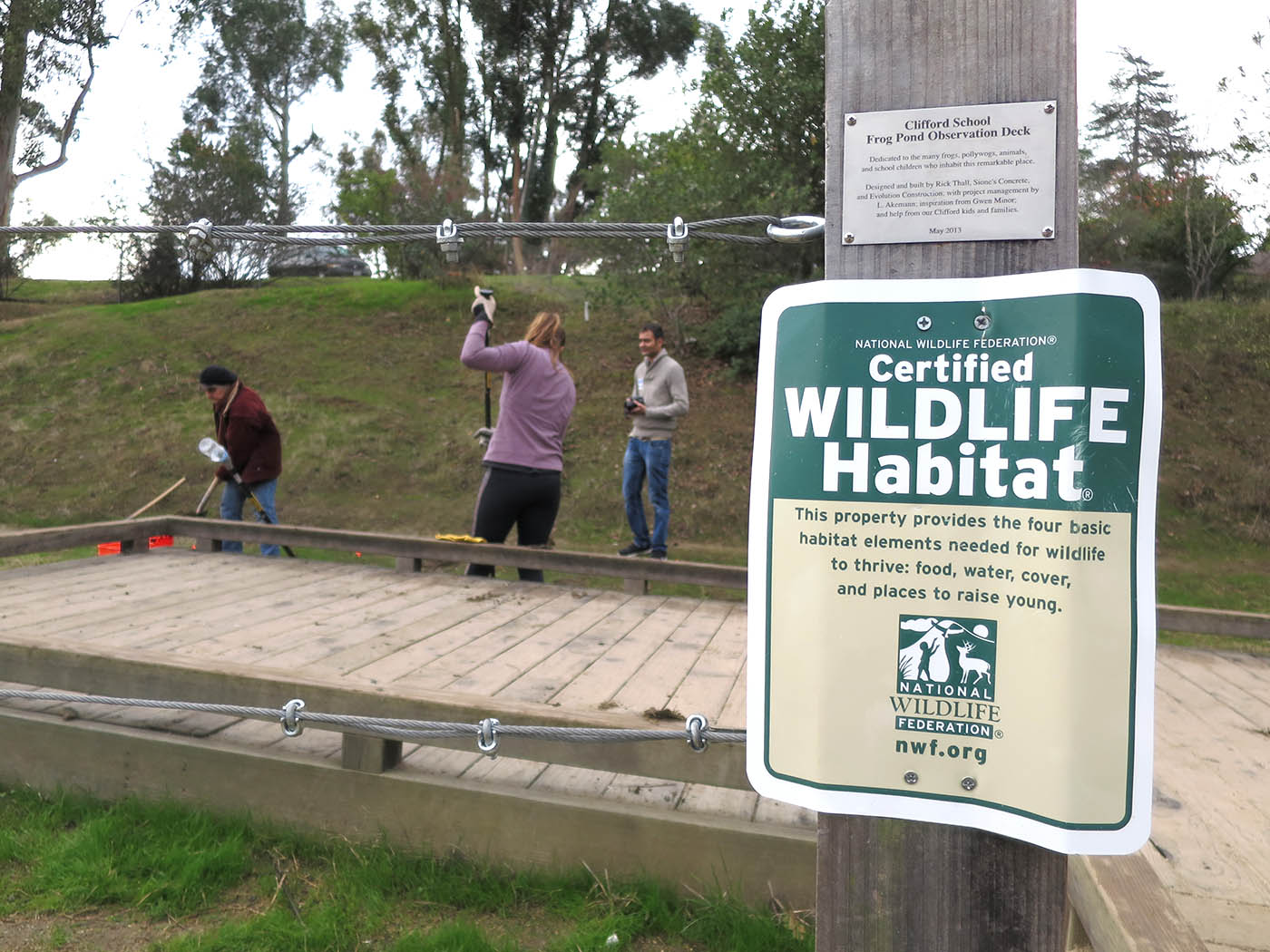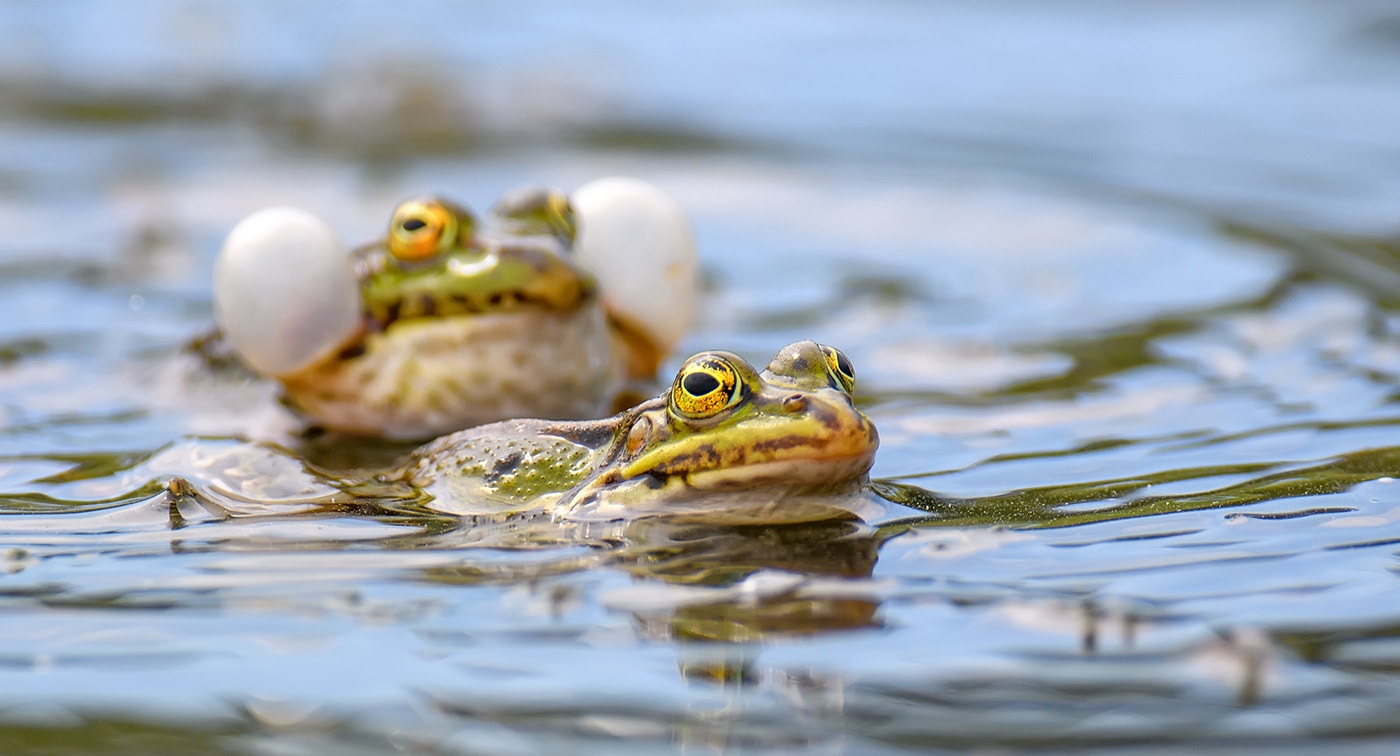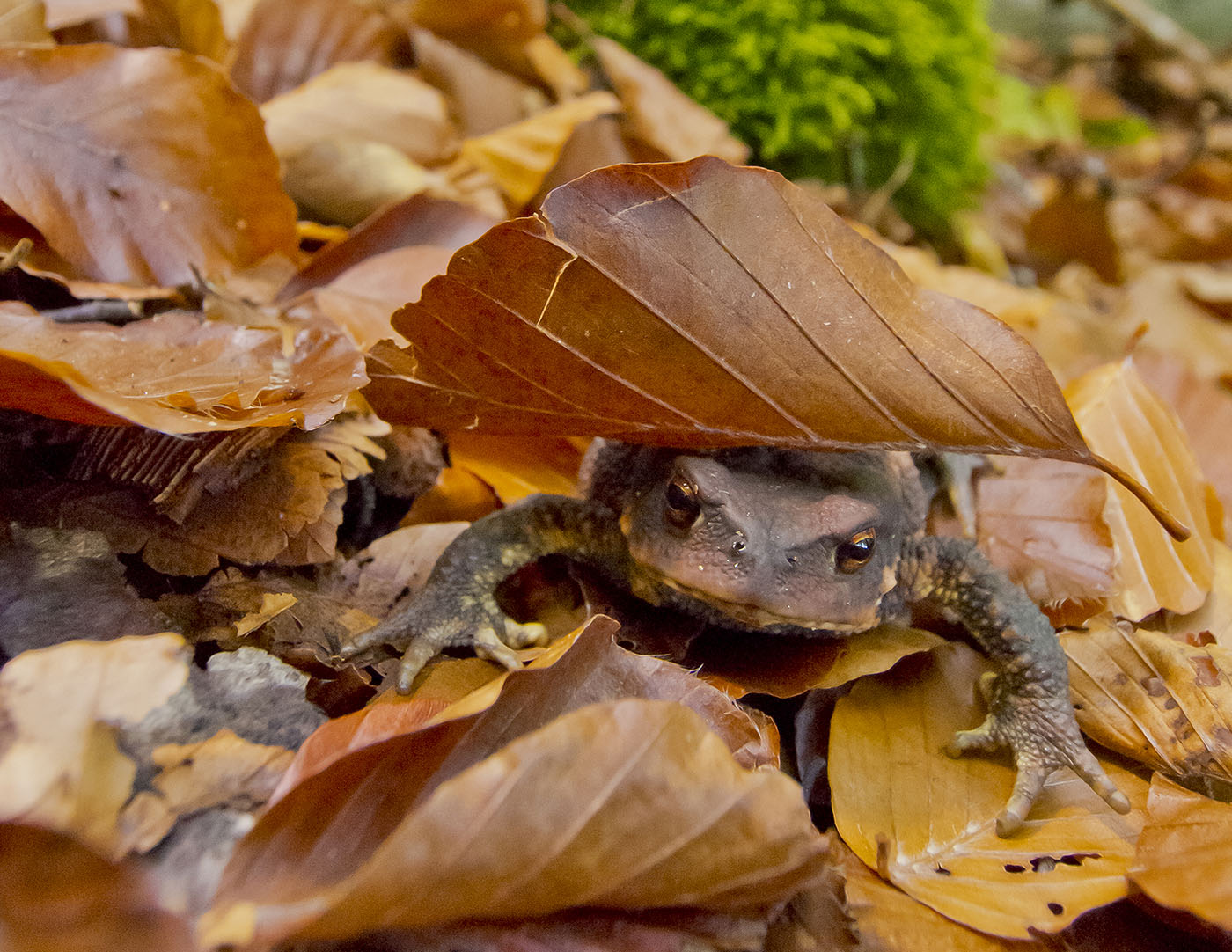Introduction
An article by SAVE THE FROGS! Ecotourist Shenandoah Marr
As members of the SAVE THE FROGS! community you know that frog populations are declining around the world. Anyone can help SAVE THE FROGS!, and you don’t need a fancy degree or a lot of money to make some simple modifications to your own space. Here are some things anyone can do – whether you have a small patio or balcony or hundreds of acres.
Increasing Beneficial Insects
Did you know that only 3% of garden insects are bad or potentially bad? The remaining 97% of insects are neutral or beneficial for pollination and/or to support wildlife including amphibians and birds. Never use pesticides, herbicides, or insecticides around your house. Let the wildlife you are attracting do the work!

Landscaping And Plants
Plants (from ground cover to trees) are what supports insect life. These insects in turn support both our own food crops as well as food for amphibians. Without healthy beneficial plants insects can’t survive or reproduce. What are beneficial plants? Plants that provide cover, food, and opportunities for pollination. Native plants are a great place to start since they are already adapted to the conditions of your area. Native “keystone” plants are going to provide the most ecological benefit. Keystone plants are those who support a high number of diverse animal species. Having even one keystone plant will maximize the biodiversity potential of your whole garden. Consult the National Wildlife Federation, your local Native Plant Society, or native plant nursery to find what the keystone plants are for your area.
It is important to note that grass lawns provide very little ecological benefit for wildlife. Reducing the size of your lawn and replacing the area with beneficial plants will go a long way in promoting wildlife at your home. You can reduce your lawn by making attractive “islands” of flowering plants or increasing the boarder around your lawn.
What you do with those plants is equally important as what type of plants you grow. Resist the urge to clean everything up and make it look tidy. Insects and other wildlife need leaf litter and other organic debris in order to nest, reproduce, and eat. Planting ground cover around the base of trees will keep the area looking nice and provide habitat. Caterpillars fall from trees and other plants, and then bore into the dirt below to continue their lifecycle. By keeping soil under trees soft and aerated you will help caterpillars survive this next phase before turning into moths or butterflies. Grass or excessive raking makes dirt hard and compact, making it difficult for caterpillars to bore into the ground.

Lighting
Artificial lighting can be harmful to frogs, birds, and nocturnal insects. If possible, turn off outdoor lights at night. If that is not possible, install a sensor light that only comes on with motion. If neither of these options appeal to you, switch your lighting to yellow LED bulbs. Insects are not attracted to yellow bulbs like they are to white light.

Habitat And Shelter
Creating a habitat pile is a fun way to spend an afternoon. A habitat pile is simply a mound of different sizes of wood and other organic material that contains shelter for wildlife. You can also place old clay pots, PVC pipes, bamboo hollows, or similar items around your property to create hiding places.
Look around your property and see if you have any features that may be hazardous to wildlife. Frogs and toads may fall into holes made with concrete or other hard materials and be unable to escape. Window wells are a good example of this. Cover these areas or put sticks in them so a frog can get out.

Water Source
As frog lovers we know that water is essential for our amphibian friends. Consider adding a pond to your property. Ponds don’t need to be elaborate or expensive to attract frogs. You can dig a shallow hole and place an old barrel or pool liner in it to hold water. If it has steep sides, be sure to provide rocks and plants so the frogs can get out of it – you don’t want to inadvertently create a death trap. Better yet, create a gentle slope on at least one side of the pond.
Take the SAVE THE FROGS! Wetlands Course to learn all about building your own wetland. And pick up a copy of Tom Biebighauser’s Wetland Restoration and Construction – A Technical Guide.
A bird bath is a good alternative if you can’t make a pond. While they may not house amphibians, they will attract beneficial insects. These beneficial insects may be pollinators, food sources for frogs and birds, or both.

Activism
Be a voice for the frogs! If you live in an HOA, consider speaking to the board about encouraging more frog-friendly landscaping. If you see things at your local park that need improvement, contact your Parks Department to discuss making the park more wildlife friendly. If you enjoy writing, contact your local, state, or federal legislators asking them to support legislation that supports wildlife.



